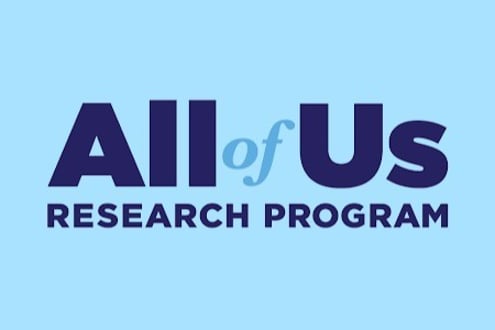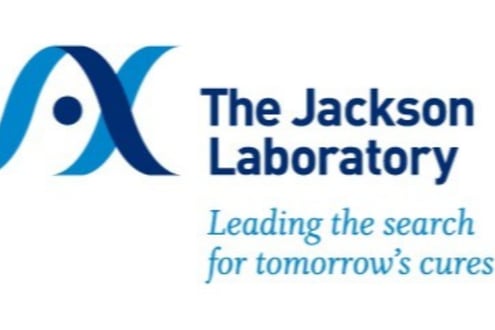How Are Mutations Inherited?
How Mutations Are Inherited
People can pass an inherited gene mutation to their children through their sperm or eggs. When a person with a gene mutation has children, each child has a 50 percent chance of inheriting the same mutation.
Mapping your family medical history
Genetics experts look carefully at a family’s medical history for signs of . You can assist them by gathering medical information from relatives on both sides of your family going back as far as three or more generations if possible. They will use this information to create a diagram of your family tree known as a pedigree. This allows them to look for patterns that may indicate an and determine which relatives are at increased risk for cancer.
“Degree of relatedness” is a term used by experts to describe how closely related one family member is to another. "First-degree relatives” share half of their . If a person has an , each of their first degree relatives has a 50 percent chance of testing positive for the same mutation. Second-degree relatives share one fourth of their , third-degree relatives share one eigth of their , and so on.
|
Degree |
Relative |
% of shared |
|
First-degree relatives |
Siblings |
50% |
|
Parents |
50% |
|
|
Children |
50% |
|
|
Second-degree relatives |
Half-siblings |
25% |
|
Grandparents |
25% |
|
|
Grandchildren |
25% |
|
|
Aunts |
25% |
|
|
Uncles |
25% |
|
|
Nieces and nephews |
25% |
|
|
Third-degree relatives |
Cousins |
12.5% |
|
Great grandparents |
12.5% |
|
|
Great-aunts and great-uncles |
12.5% |
More Information on Genes and Cancer
Inherited Mutations and Hereditary Cancers
Learn about the connection between inherited gene mutations and hereditary cancer risk.
Signs of an Inherited Mutation
These signs may indicate that the cancer in your family is hereditary.
Types of Hereditary Cancers
Learn about some common cancers caused by inherited mutations.
Participate in Genetics Research
Below are some of our featured research studies looking at genetic testing. To search for additional studies, visit our Search and Enroll Tool.


